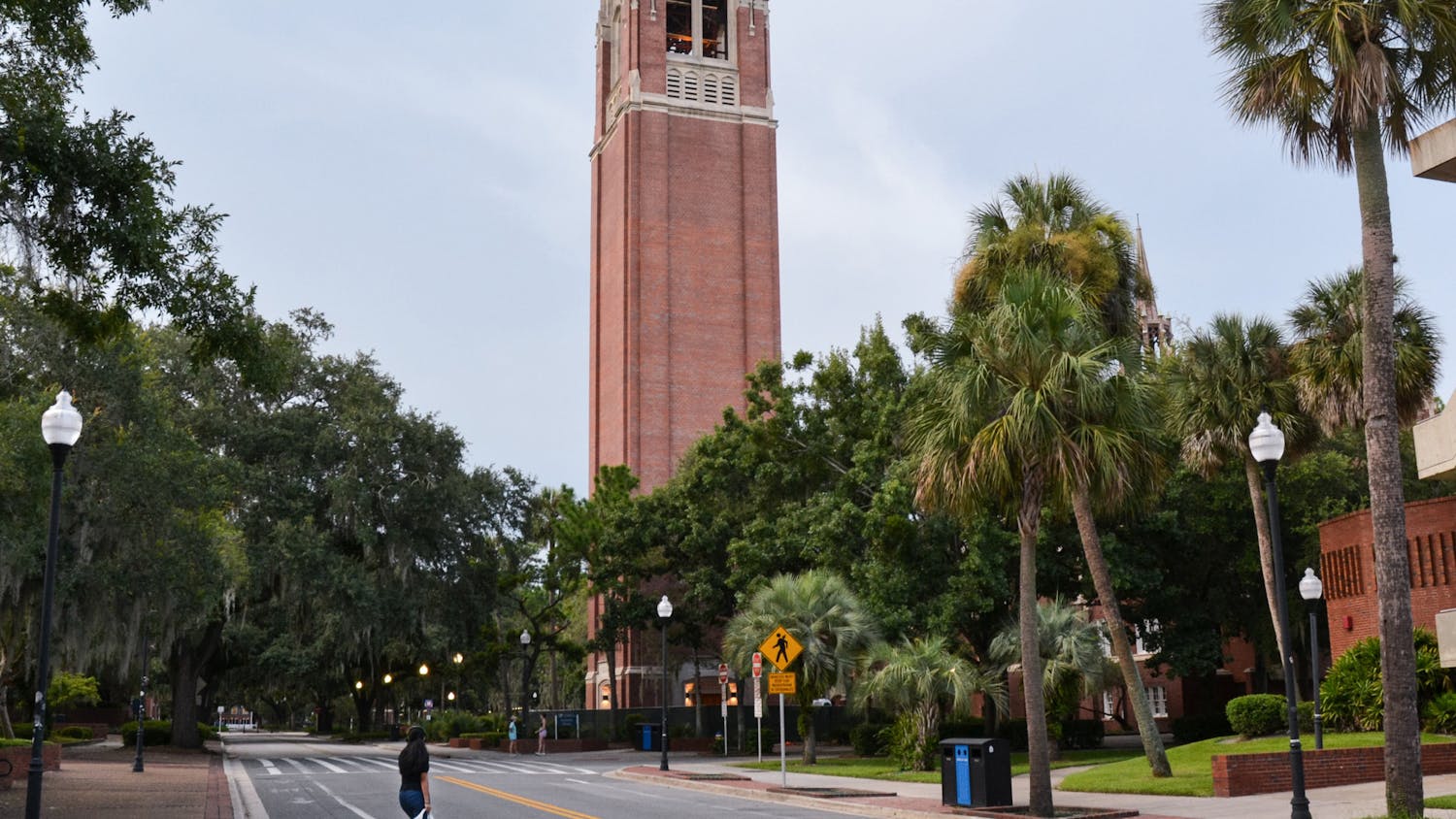In collared blue shirts and headgear, the brains of NASA’s mission control center gripped their seats, staring into computer screens. They were quiet those last five seconds, desperate to make history.
“Touchdown confirmed,” the announcer said, and silence gave way to celebration.
A U.S. rover the size of a small car landed safely on Mars at 1:31 a.m. Eastern time Monday before heading back to Earth.
Curiosity is the world’s second spacecraft to land on the Red Planet. The first was a 1971 Soviet Union rover that stopped working shortly after landing.
Curiosity was powered by plutonium, according to an Aug. 6 article in The New York Times.
Twenty-five-foot cables lowered the rover onto the surface of Mars.
“This landing is a stunning achievement for the American space program,” said Rick Lind, an associate professor in the department of mechanical and aerospace engineering.
Lind said he thinks landing the rover on Mars was the most technologically challenging project the country has undertaken in decades. The total cost of the project was about $2.5 billion, according to the Times.
“The timing and precision are hard enough to comprehend, but imagine doing it fully autonomous without any human oversight in an environment where you can’t predict with total certainty the winds or temperature or air conditions,” he said.
NASA is taking a prudent approach toward space exploration, he said. Before trying to put a person on Mars, scientists are working to learn the planet’s geology, such as its surface conditions.
Lind predicts the exploration spearheaded by Curiosity will continue for several years.
Aerospace engineering junior Jorge Bartra, 20, described the intensity of watching the landing in the Springs Hall library.
“I was holding tight to my seat,” he laughed.
He said the images taken by the rover and its smooth take-off back to Earth suggest a successful mission.
“It looked like it landed perfect,” he said.
Bartra is part of a UF team participating in the NASA Lunabotics Mining Competition. His team is working on a fully automatic robot to extract minerals from the moon’s surface.
“It gives us huge encouragement to make a great product for next year,” he said.
Santa Fe College environmental science junior Charlie Wilson, 22, caught some of the landing on television. He said it was intriguing to watch mission control center scientists directing the landing and that it seemed like a stressful task.
“I’m really excited to see what science experiments they’re going to do on Mars,” he said.





